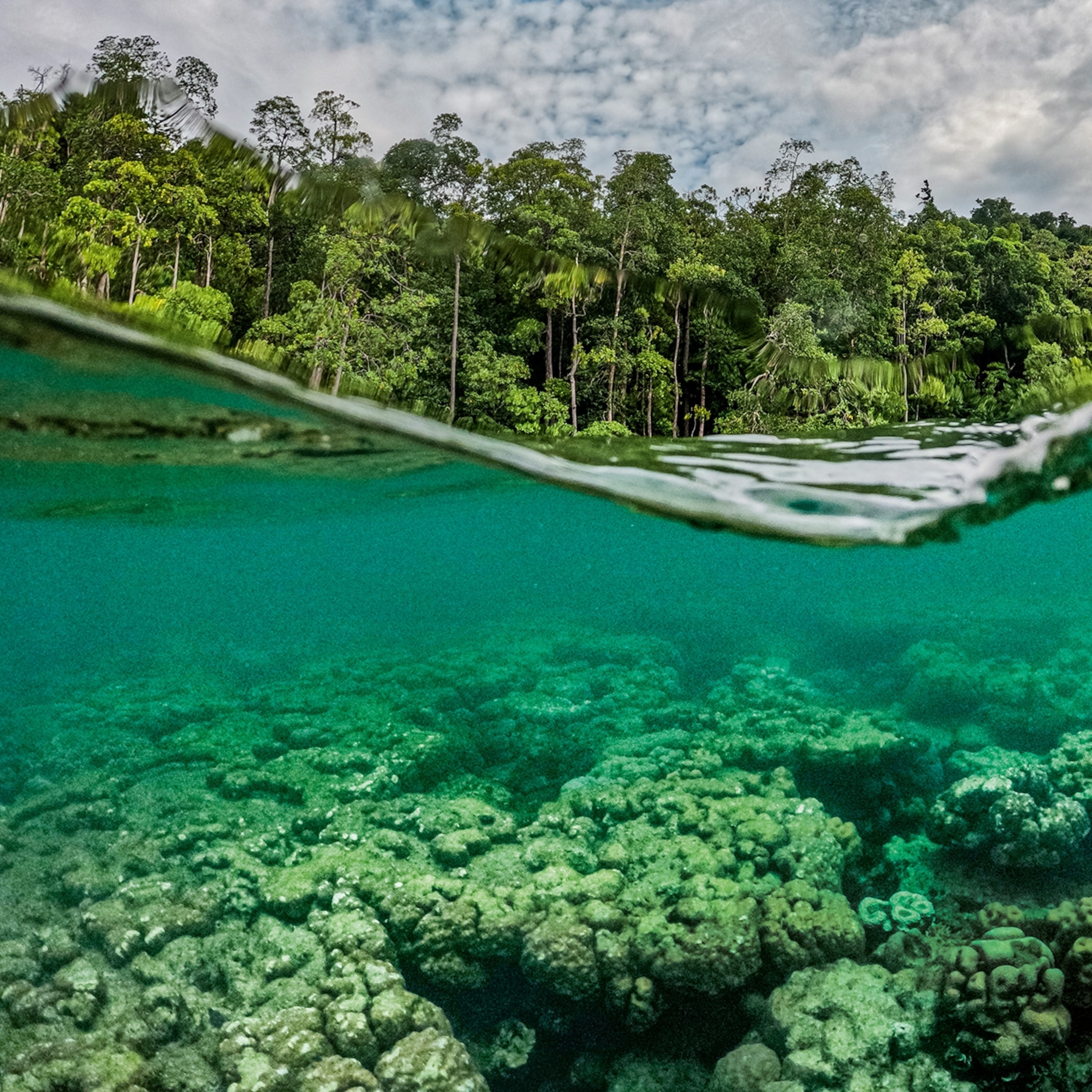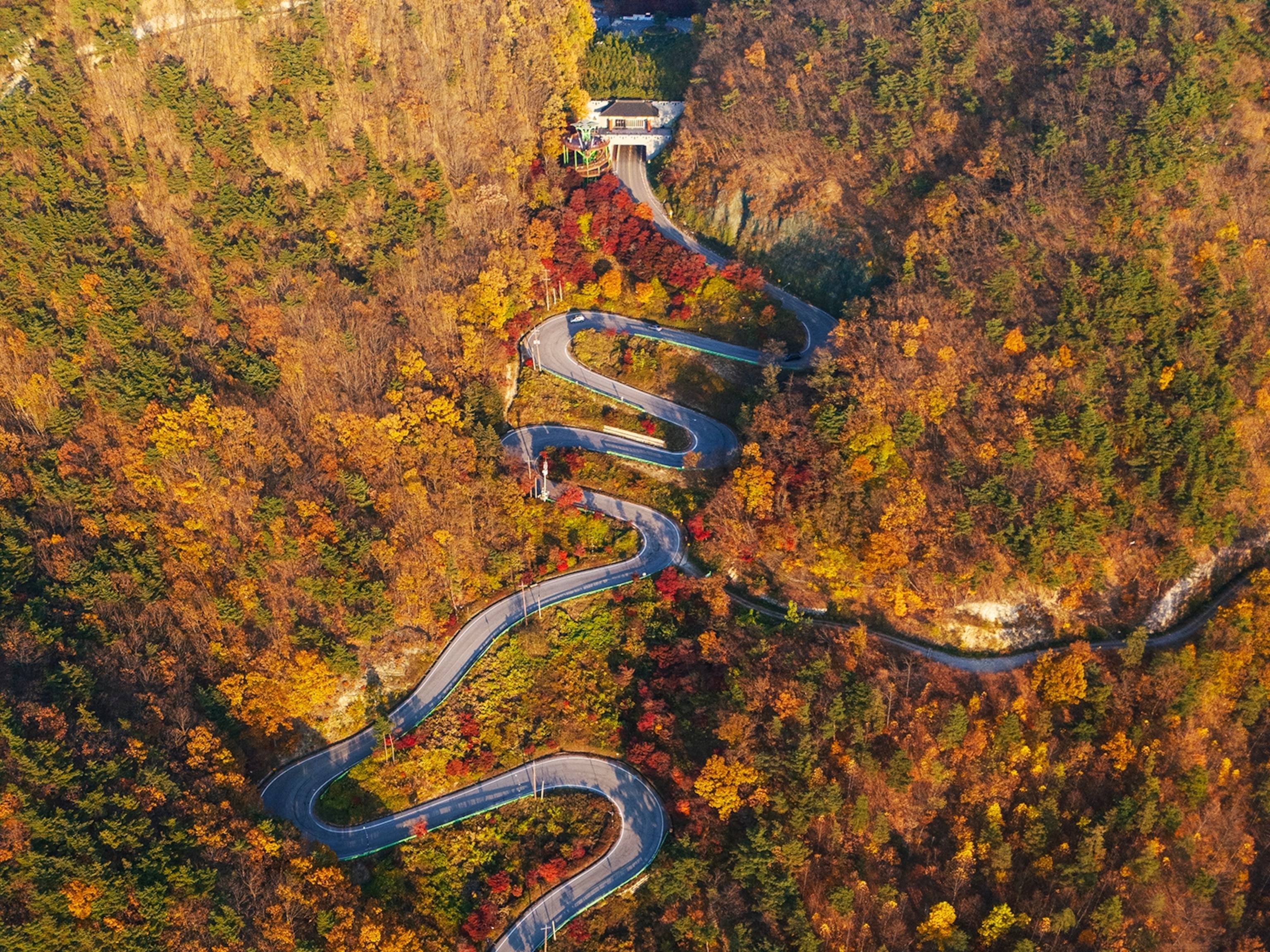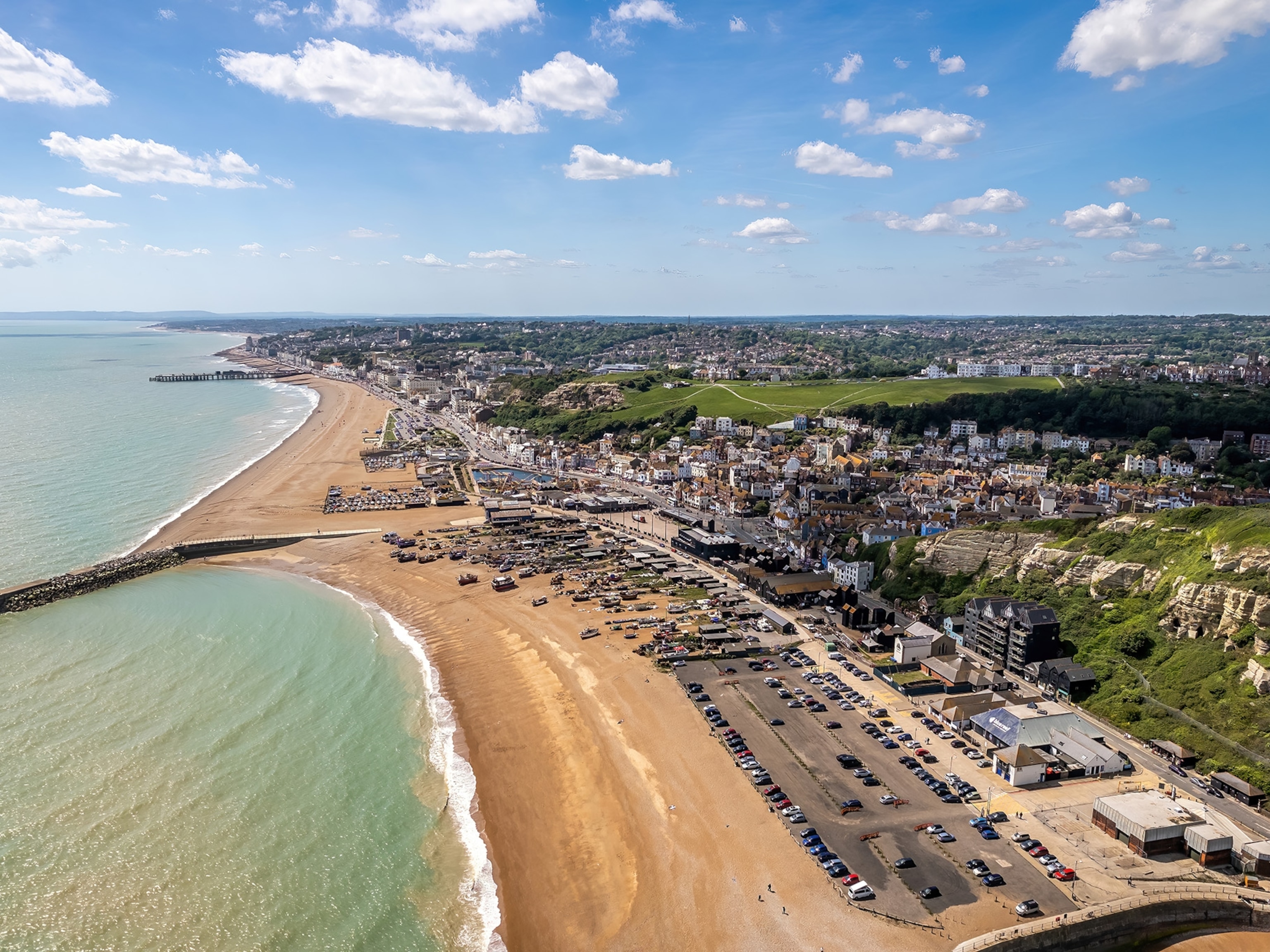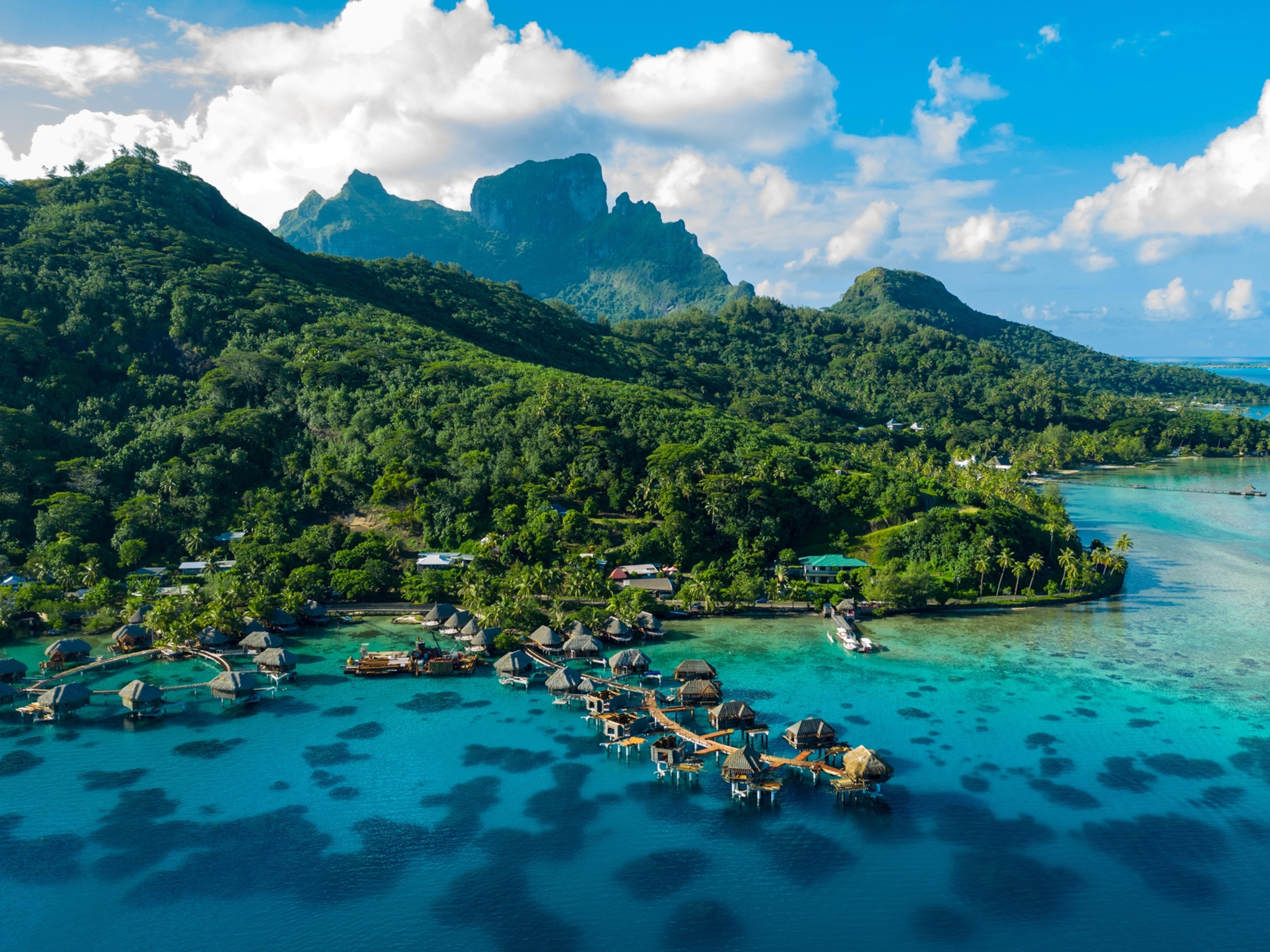Which is the best island in southeast Asia for you?
The region tempts with sandy beaches fringed by palm trees and lapped by turquoise waters, but there’s more to look out for, from the multicultural cuisine of Penang to the limestone cliffs of Cat Ba.

Any Southeast Asian adventure, whether a shorter trip or a cross-country odyssey, will likely take in some of the region’s 25,000-plus islands. You’ll find plenty of coral-sand bays, seaside bars and swaying palms no matter where you go, but there’s far more to see beyond the beaches. Indonesia and the Philippines are entire island nations built on millennia of history, with countless Indigenous peoples and languages, and architecture that honours the gods. On the islands of Vietnam, Malaysia, Thailand and even landlocked Laos, you’ll find thrilling scenery, fragrant street-food markets and irresistible villages. Here are eight of the best to explore.
1. Koh Chang, Thailand
Best for: beaches
Thailand travellers escaping The White Lotus fans in Phuket and Koh Samui should consider quieter Koh Chang, where there’s a beach for every taste. The best (but busiest) is White Sand Beach, dotted with backpacker bars and seafood restaurants. Klong Prao Beach is more spread out, with larger resorts. On the misleadingly named Lonely Beach, there’s lively nightlife with DJ sets at TingTong and Himmel. If you can tear yourself away from your lounger, consider renting a scooter and exploring; you’ll find waterfalls, mangrove forests and perhaps a nameless bay to call your own.
(Inspired by White Lotus? Here are the Thai islands to visit)
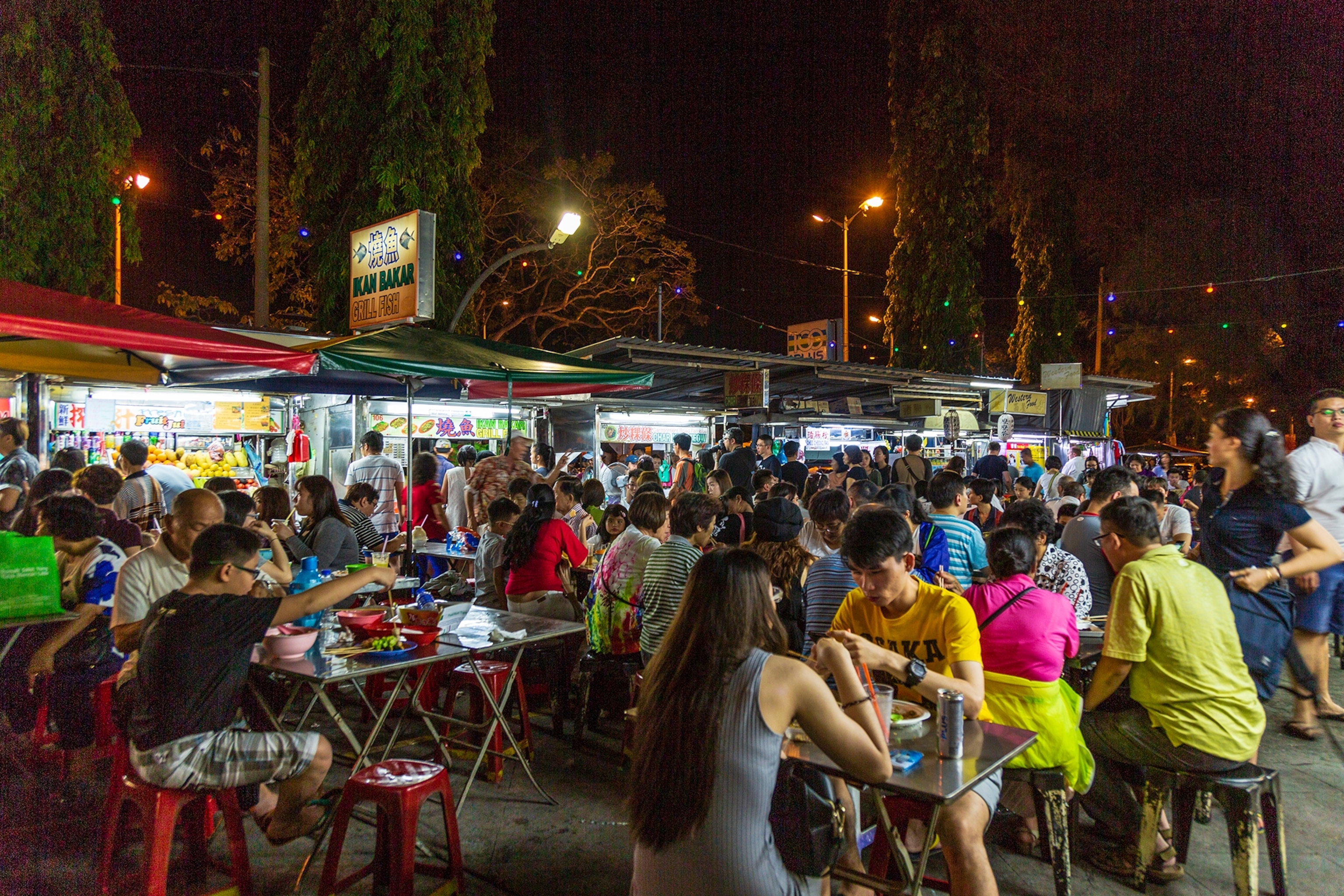
2. Penang, Malaysia
Best for: food
As far as Southeast Asian culinary escapes go, it doesn’t get much better than Penang, connected by two bridges to Malaysia’s west coast. The action centres on the UNESCO-listed George Town, a former British East India Company port that attracted Chinese and Indian traders. Both communities left their mark on the cuisine, and today you’ll find cheap street eats and Michelin-starred glamour alike. Some restaurants, such as the one-star Auntie Gaik Lean's Old School Eatery, combine elements of the two; try the nasi ulam (herbed rice) for just MYR35 (£6). For a different experience, head for Kimberley Street Food Night Market — considered the city’s best — and graze on koay teow soup (rice noodles with fishballs) and duck kway chap (duck in a spiced broth with rice noodle sheets).

3. Cat Ba, Vietnam
Best for: adventure
At 101sq miles, Cat Ba is the largest island in Vietnam’s Ha Long Bay. While many pause here for just a day en route to the group’s smaller islands, adrenaline addicts tend to stick around. The limestone karst cliffs are a climbers’ playground; Butterfly Valley, rippling with caves and overhangs, is a popular spot for deep-water soloing (bouldering without ropes over deep water). A safer yet no less spectacular alternative is hiking Ngu Lam Peak, or paddling a kayak through bioluminescent plankton.
(A practical guide to traveling in Vietnam)
4. Komodo, Indonesia
Best for: wildlife
The islands of the UNESCO-listed Komodo National Park — Rinca, Komodo and Padar — are the only places where you can see the creatures colloquially known as Komodo dragons in the wild. These aggressive monitors are the world’s largest lizard, averaging between six and a half and ten feet in length. Other species to look out for include the crab-eating macaque, the lesser sulphur-crested cockatoo and the Timor python. Recently, overcrowding has become a concern; visitors must have a licensed guide and are subject to timed slots, so book ahead and consider visiting during the shoulder seasons of April–May and September–October.
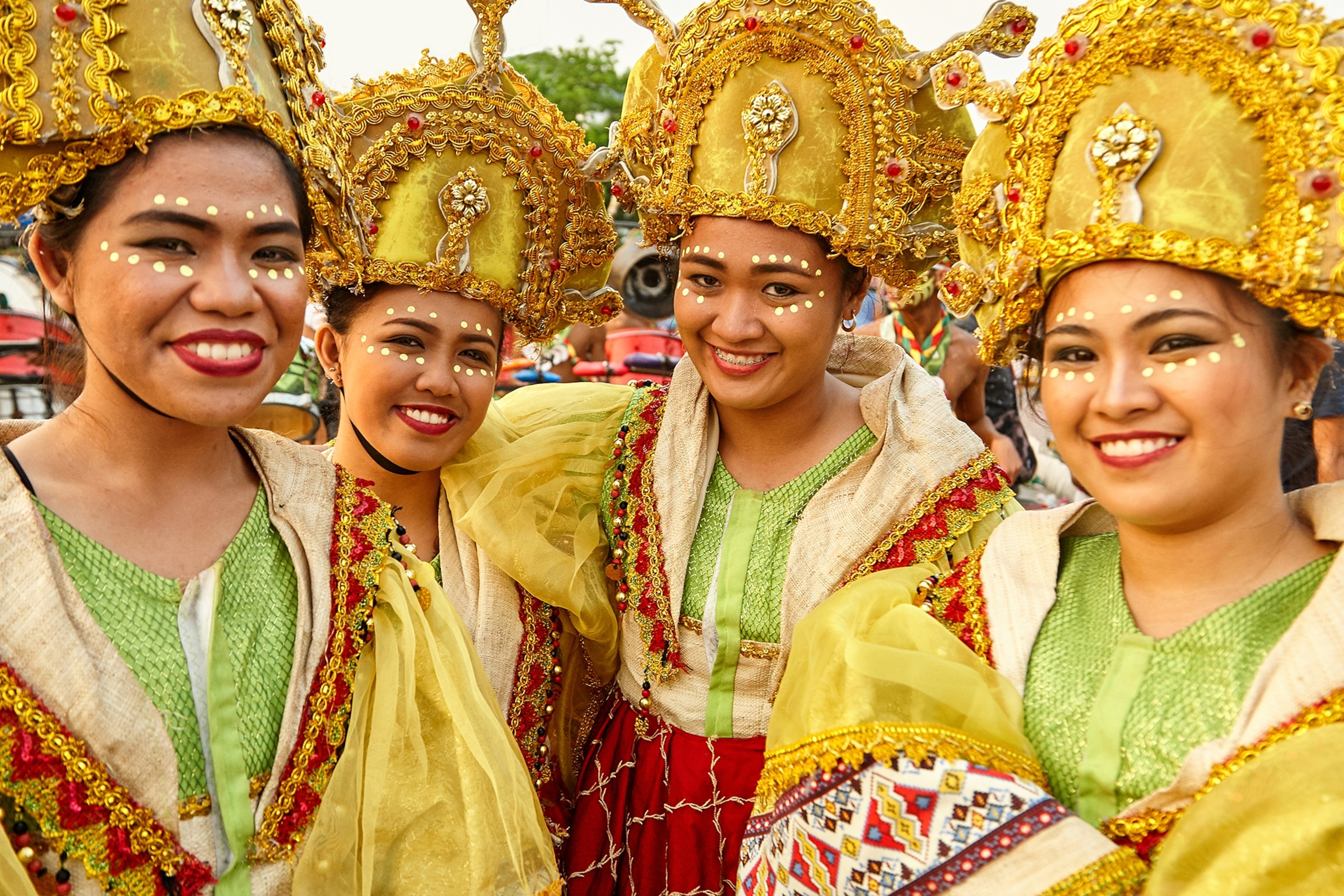
5. Panay, Philippines
Best for: festivals
Travellers to the Philippines’ Western Visayas region tend to see Panay merely as an airport stop on the way to the famed white-sand beaches of Boracay. But a stay on Boracay’s much larger sister island offers a glimpse into both the past and future of Filipino festival traditions. Kalibo, on the north coast, is the birthplace of Ati-Atihan, the so-called ‘mother of festivals’. It’s a riot of tribal dances, feather headdresses and Catholic pageantry that originated in the 13th century and takes place on the third Sunday in January. The following week, it’s the turn of Iloilo’s City’s Dinagyang Festival, established in the 1960s. A more lavish affair with floats and light shows, it regularly wins awards as the Philippines’ best celebration.
6. Isla Verde, Philippines
Best for: scuba
You’re unlikely to spend much time on land on Isla Verde — except perhaps for a post-dive lunch of chicken adobo. The waters here are among the world’s most biodiverse, home to 1,700 fish species and 300 coral species. Plunge into the depths and you’ll be enveloped in the likes of golden lyretail anthia fish, green sea turtles and yellow-striped Moorish idols; photographers can attempt to tick off the 800 varieties of nudibranchs (sea slugs) in myriad colours. Dive boat trips leave from Puerto Galera; Fridays resort offers PADI courses, a secluded beach setting and terrific Filipino food.
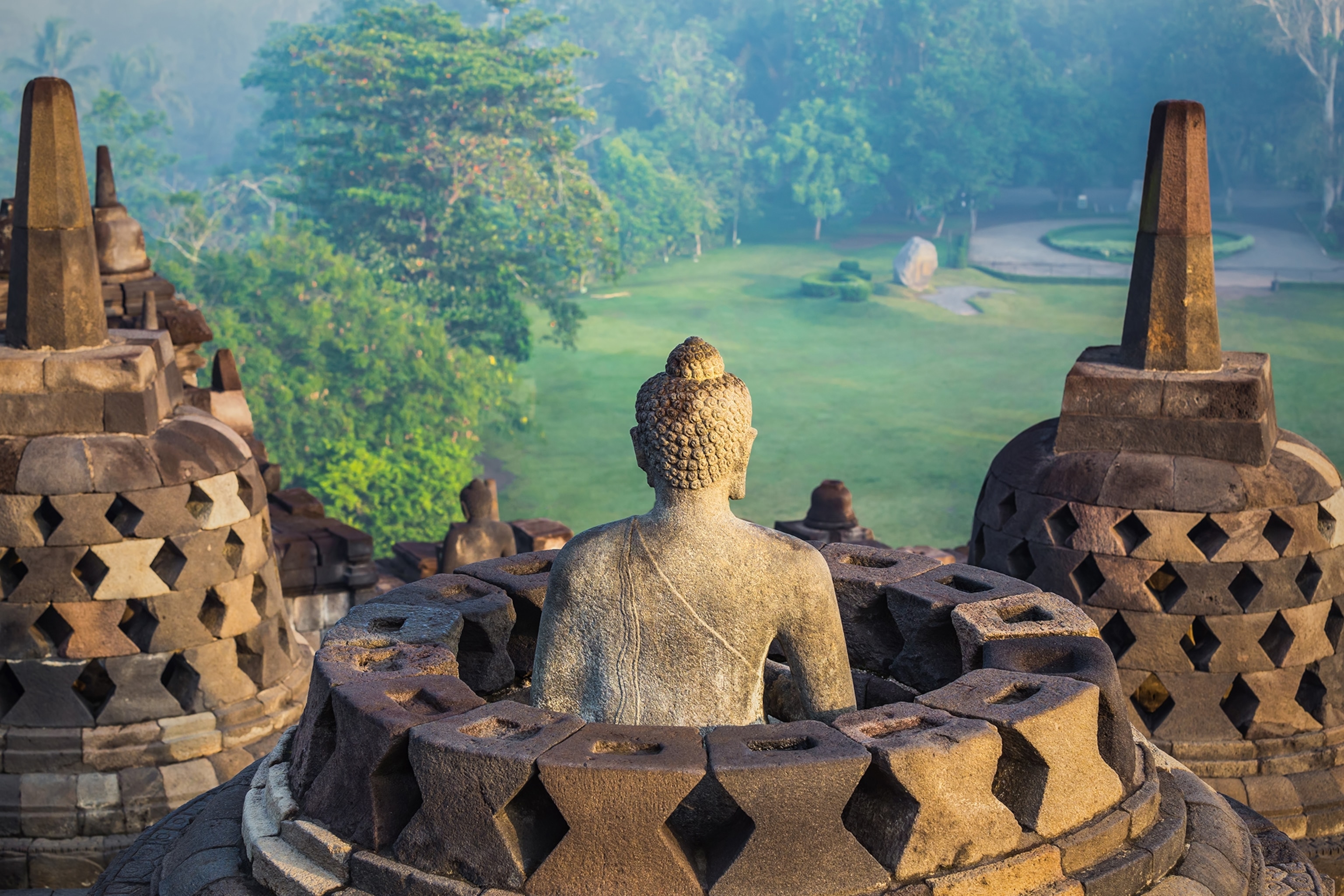
7. Java, Indonesia
Best for: temples
Indonesia’s most populous island is home to a staggering five UNESCO World Heritage Sites. Two of them can be visited in one day, though it’s better to take more time to savour them. The eighth-century Borobudur Temple is the world’s largest and greatest Buddhist monument, a stepped pyramid built from 2,000,000 cubic feet of volcanic stone, topped with a monumental stupa and ringed by friezes based on the Mahayana Buddhist scriptures. Less than 30 miles away are the 240 Hindu temples that make up Prambanan Archaeological Park. Looming above its centre are three temples dedicated to the deities Shiva, Vishnu and Brahma, on which detailed carvings illustrate the Hindu epic Ramayana.
8. Don Khong, Laos
Best for: cycling
This inland island is the largest in Laos’s Si Phan Don, an archipelago in the Mekong River. Though the name translates to ‘4,000 islands’, the exact number varies, with sandbars sinking and reemerging with the seasons. Don Khong is the largest, a quiet green landscape scattered with shrines, Khmer ruins, Buddhist temples and bamboo-stilted cottages. Many guesthouses rent out bicycles, and a paved road runs right around it. Though the loop can be done in a day, embrace the slower pace of life here and see where the road takes you.
(Photo story: where temples and rice paddies meet the mighty Mekong River in Laos)
How to do it
When to go
Broadly, Southeast Asia’s dry (and high) season is from December–April. Rainy season is from May–October, though individual islands can vary, offering the chance for a low-season bargain.
More info:
malaysia.travel
vietnam.travel
indonesia.travel
philippinetourism.co
tourismthailand.org
tourismlaos.org

